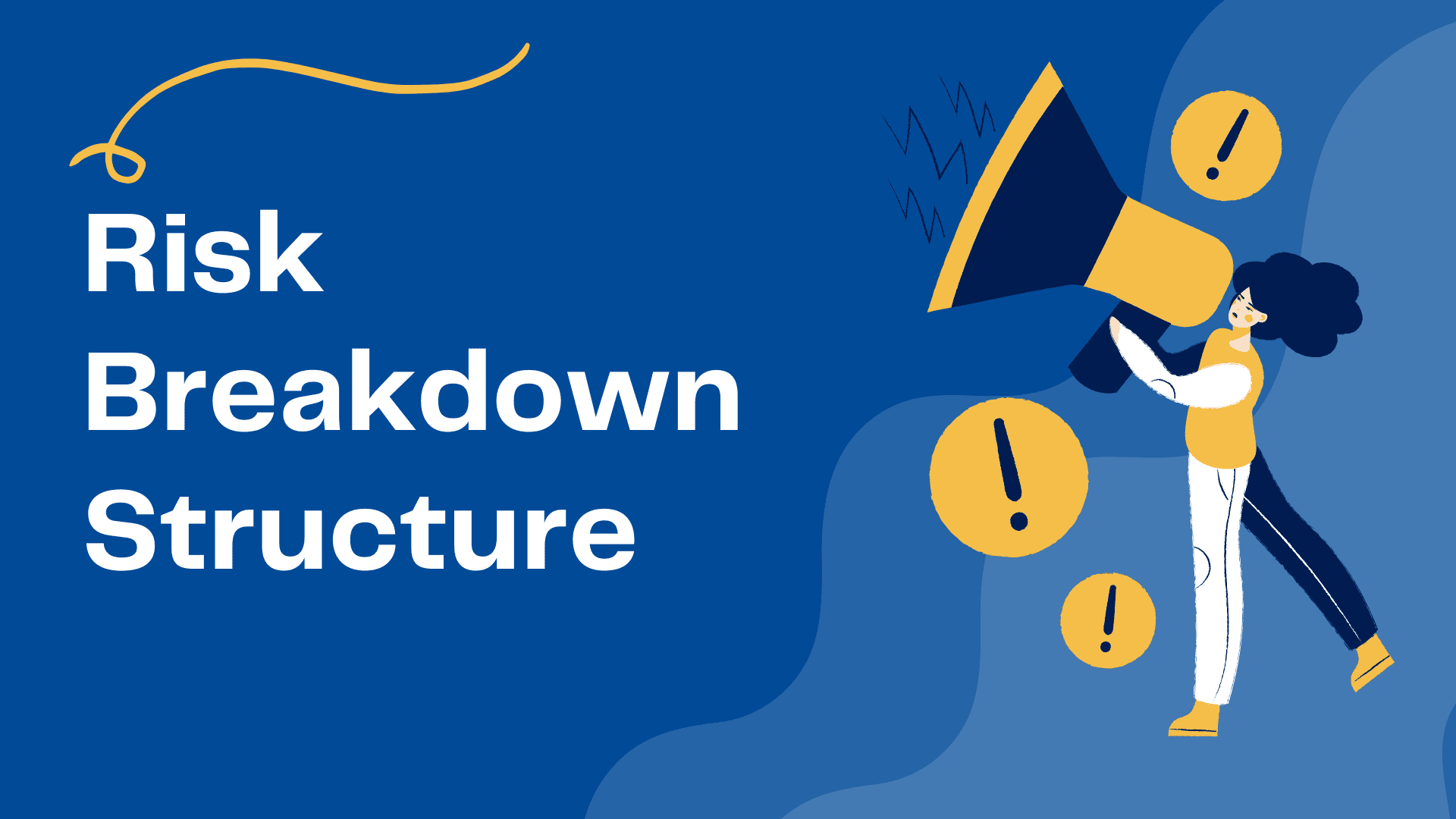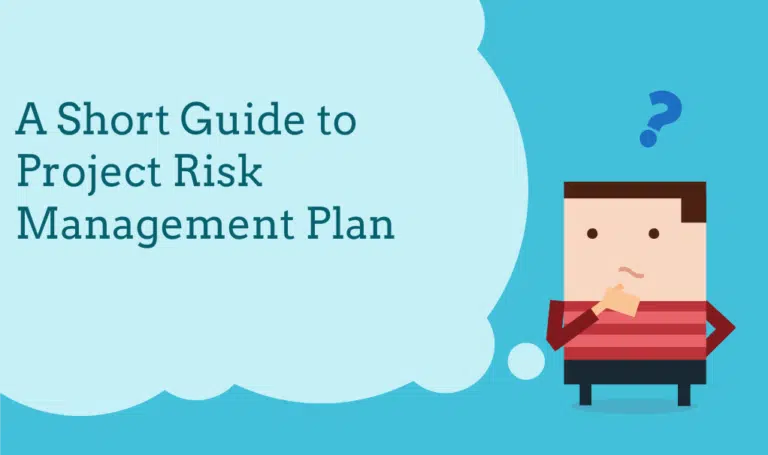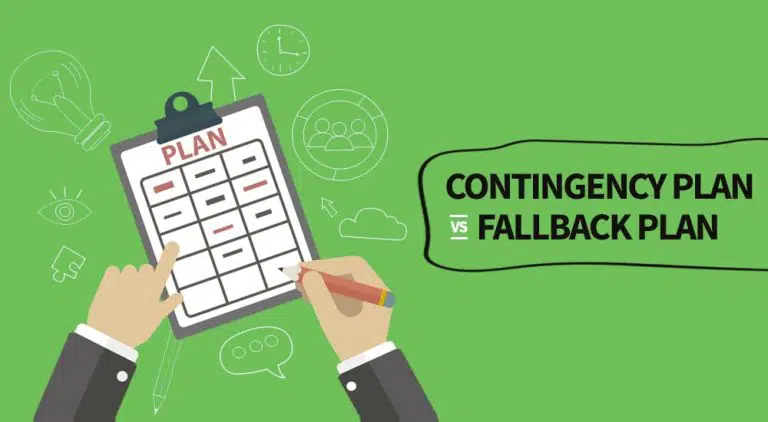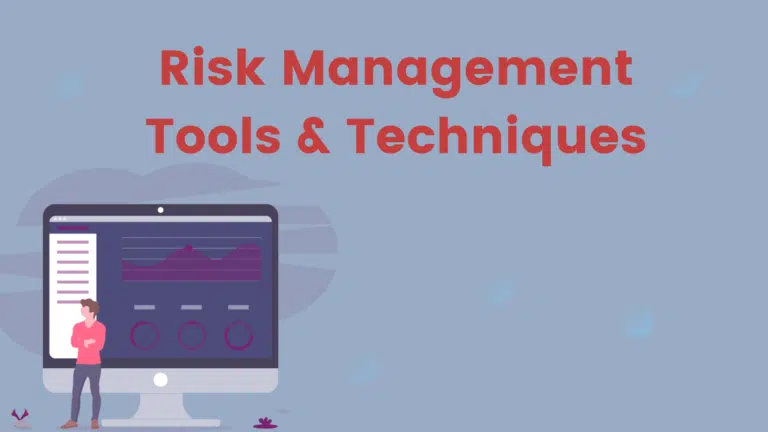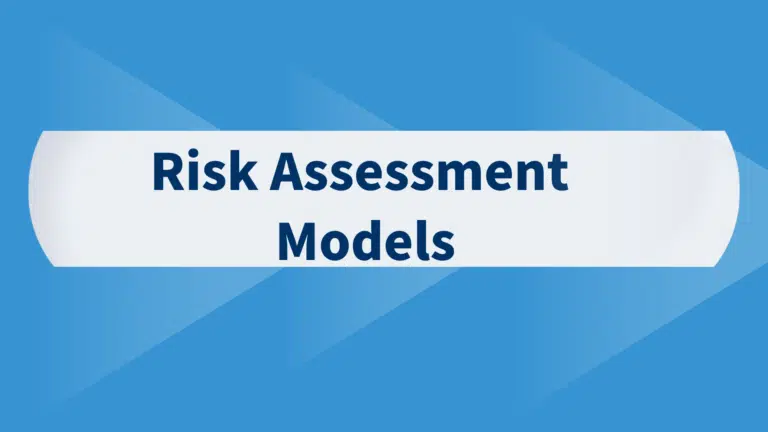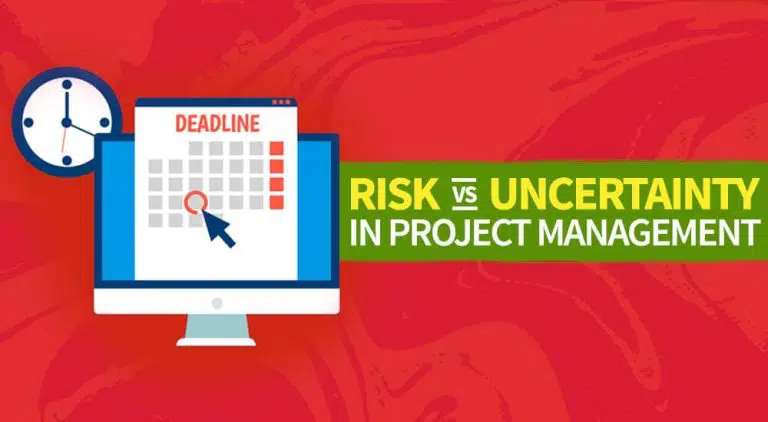A risk breakdown structure (RBS) is a key tool in risk management and helps the project manager develop the risk management plan.
Understanding the risk breakdown structure is vital for a project manager to identify and manage project risks effectively to complete the project with minimal obstructions.
In this blog post, I will explain the risk breakdown structure, how to create it, and finally provide you with its template and example.
What is a Risk Breakdown Structure?
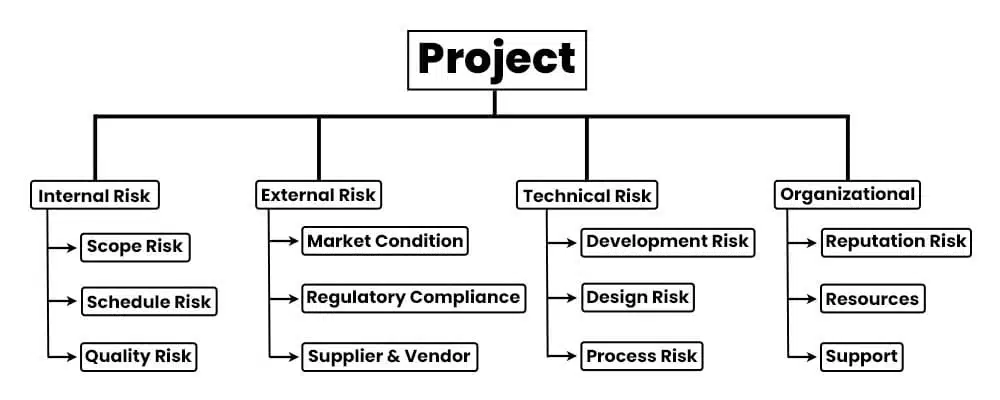
Before understanding RBS, you should know the risks.
According to the Project Management Institute (PMI, USA), a risk is an uncertain event that, if it occurred, has an effect on at least one project objective. Therefore, you must identify risks for your project so you can manage them proactively to achieve your project objectives.
A risk breakdown structure (RBS) is a visual chart that shows the project risk category-wise and ranked according to their severity on project objectives. Categorizing risks helps you identify more risks under the same group, and then you can analyze them efficiently and develop risk response plans.
An RBS is similar to a Work Breakdown Structure (WBS) but categorizes the project risks instead of the project scope. It is key to the risk management process.
A few categories to group project risks are as follows:
- Internal Risks: These risks are internal to the project management team; for example, any employee becomes sick, schedule or quality risks, etc.
- External Risks: These are risks external to the project team or organization, and you cannot control them—for example, market conditions, unstable political situations, changes in regulation, etc.
- Technical Risks: These risks are related to the technology being used with the project. For example, the software update is causing an issue with the system.
- Organizational Risks: These risks can occur to organizational decisions or activity, such as delay in providing resources, approval, etc.
What Are the Benefits of Using a Risk Breakdown Structure?
Using a risk breakdown structure, you can see all project risks hierarchically—a quick view enough to understand the project risks.
A few benefits of risk breakdown structure are as follows:
- It helps you see all project risks visually in a hierarchical order
- It helps groups with similar types of risks
- It helps identify risks under each category
- It helps identify risky parts of the project
- It helps develop a risk response plan
- It provides a quick look at the overall project risk
RBS is vital in risk management. It helps you identify and analyze risks efficiently and develop risk management plans. It is a great communication tool; you can show the project risks to your stakeholders to get their buy-in for your risk management activities.
How to Create a Risk Breakdown Structure?
You can follow the following steps to create your risk breakdown structure:
#1. Identify Your Project Risks
This is the first step in drawing your risk breakdown structure.
You must identify your project risks before developing any project management plan. You can have brainstorming sessions with your team to find the project risks. To find the project risks, you can visit your organizational process assets, historical records, lessons learned, contract documents, etc. You can visit these places to find sources of risk.
You can interview or have one-to-one sessions with key stakeholders or subject matter experts to find the project risks. You can also use SWOT and PESTLE analysis to identify project risks.
This is a key step; if you miss important risks, it will jeopardize the success of your project.
You will have a complete list of risks at the end of this process.
#2. Define Risk Categories and Subcategories
After identifying the project risks, you will define the categories for your risks. Ensure these categories are relevant to your industry and cover all identified risks.
A few examples of risk categories common to all industries are as follows:
- Technical
- Externa
- Internal
- Financial
- Sponsor
- Management
- Political Condition
- Market Condition
- Government Regulation
After determining the categories, determine the subcategories to place the risk according to their specific characteristics. For example, under the technical category, you can have subcategories like design, development, debugging, implementation, etc.
Categorizing risks helps you find the root causes of commonly occurring risks and manage them proactively.
#3. Assign Risks to Each Category and Subcategory
Now, you will assign the risks to each subcategory. Note that the main category will not contain risks; it branches out to subcategories, which hold risks hierarchically from top to bottom.
This process also removes duplicate risks and helps identify more risks you missed during the initial risk identification process.
#4. Assign the Risk Rating to Each Risk
After assigning risks to their respective categories, you will assign the risk rating or score to each risk. This rating or score helps rank the risks on the chart to see which risks are high priority and require close monitoring.
You can use a risk matrix to find the risk rating.

#5. Finalize the RBS Chart
Now, you have everything ready to draw the chart.
Draw the chart using any project management tool, add risks, and refine it to make it efficient and easy to analyze.
RBS is a key project management document, and you will show this chart to stakeholders to get support for your risk management activities, so ensure that this is visually appealing, provides a complete picture, and is easy to scan visually.
Templates for Risk Breakdown Structure
The following are the templates for construction and software development projects:
Risk Breakdown Structure Template for Construction Projects
1. Project Risks
1.1 Design changes
1.2 Weather conditions
1.3 Resource availability
1.4 Regulatory approvals
2. Technical Risks
2.1 Technology obsolescence
2.2 Construction material quality
2.3 Equipment failure
2.4 Site conditions
3. Environmental Risks
3.1 Ecological impact
3.2 Soil stability
3.3 Noise and pollution control
3.4 Waste disposal
4. Organizational Risks
4.1 Stakeholder conflicts
4.2 Project management capabilities
4.3 Labor disputes
4.4 Contractor performance
5. External Risks
5.1 Economic conditions
5.2 Political stability
5.3 Market fluctuations
5.4 Force majeure events (natural disasters)
6. Schedule Risks
6.1 Delays in permits and approvals
6.2 Unforeseen site conditions
6.3 Construction equipment availability
6.4 Unanticipated project scope changes
7. Financial Risks
7.1 Cost overruns
7.2 Funding delays
7.3 Inflation
7.4 Currency exchange rate fluctuations
Risk Breakdown Structure Template for Software Development Projects
1. Project Risks
1.1 Requirement changes
1.2 Scope creep
1.3 Stakeholder expectations
1.4 Project management constraints
2. Technical Risks
2.1 Technology obsolescence
2.2 Integration challenges
2.3 Performance bottlenecks
2.4 Security vulnerabilities
3. Environmental Risks
3.1 Changes in regulations
3.2 Market competition
3.3 Emergence of new technologies
3.4 Intellectual property issues
4. Organizational Risks
4.1 Team dynamics
4.2 Skillset availability
4.3 Communication breakdowns
4.4 Vendor dependencies
5. External Risks
5.1 Economic conditions
5.2 Legal issues
5.3 User adoption challenges
5.4 Third-party service disruptions
6. Schedule Risks
6.1 Unrealistic timelines
6.2 Dependencies on external teams
6.3 Testing and debugging complexities
6.4 Delays in deliverables from third parties
7. Financial Risks
7.1 Budget constraints
7.2 Cost overruns
7.3 Currency exchange rate fluctuations
7.4 Funding uncertainties
Examples of Risks Breakdown Structure
The following tables show examples of a Risk Breakdown Structure (RBS) for a construction project and a software development project:
Risk Breakdown Structure Table for Construction Project
| Category | Risk | Sub-Risk |
| Project Risks | Design Changes | Client requests modifications |
| Unforeseen regulatory adjustments | ||
| Weather Conditions | Extreme weather events (storms, hurricanes) | |
| Seasonal variations impacting construction | ||
| Resource Availability | Shortage of skilled labor | |
| Material shortages or delays | ||
| Regulatory Approvals | Delays in obtaining permits | |
| Changes in local building codes | ||
| Technical Risks | Technology Obsolescence | Use of outdated construction methods |
| Equipment becoming obsolete during the project | ||
| Construction Material Quality | Substandard materials received | |
| Quality control issues during manufacturing | ||
| Equipment Failure | Machinery breakdowns | |
| Inadequate maintenance | ||
| Site Conditions | Unforeseen geological challenges | |
| Soil stability issues |
Risk Breakdown Structure Table for Software Development Project
| Category | Risk | Sub-Risk |
| 1. Project Risks | Requirement Changes | Frequent alterations to project scope |
| Miscommunication in understanding client needs | ||
| Scope Creep | Features expanding beyond initial specifications | |
| Uncontrolled additions to project requirements | ||
| Stakeholder Expectations | Misalignment between client and team expectations | |
| Changing priorities from project sponsors | ||
| Project Management Constraints | Inadequate project management tools | |
| Lack of project management expertise | ||
| 2. Technical Risks | Technology Obsolescence | Rapid changes in programming languages |
| Outdated frameworks impacting project efficiency | ||
| Integration Challenges | Difficulties in integrating third-party solutions | |
| Incompatibility issues between different modules | ||
| Performance Bottlenecks | Unexpected system slowdowns | |
| Inefficient code affecting overall performance | ||
| Security Vulnerabilities | Potential data breaches | |
| Lack of robust cybersecurity measures |
What are the Benefits of Using Risk Breakdowns Structure?
The benefits of using a Risk Breakdown Structure include:
Comprehensive Risk Identification: The RBS provides a systematic approach to identifying risks by breaking the project risks into categories. This ensures a thorough exploration of potential risks.
Improved Risk Communication: It provides a common language and framework for discussing risks among team members and other stakeholders. This facilitates effective communication and ensures that everyone understands the risks clearly.
Prioritization of Risks: The hierarchical structure of the RBS helps prioritize risks based on their significance and potential impact. This helps project managers to focus on addressing the most critical risks first.
Risk Response Planning: The RBS helps in developing effective risk response plans. It allows project teams to allocate resources and proactively implement strategies to address risks.
Enhanced Risk Reporting: The RBS provides a foundation for creating risk reports tailored to specific project components. This facilitates accurate and detailed reporting, helping stakeholders make informed decisions.
Summary
A risk breakdown structure is an important tool for project managers. It helps them visualize project management risks, identify them, and communicate the risk issues to management. Ensure you create an RBS for your project before developing the project plans.
This topic is important from a PMP and PMI-RMP Exam point of view, so understand it well.

I am Mohammad Fahad Usmani, B.E. PMP, PMI-RMP. I have been blogging on project management topics since 2011. To date, thousands of professionals have passed the PMP exam using my resources.

